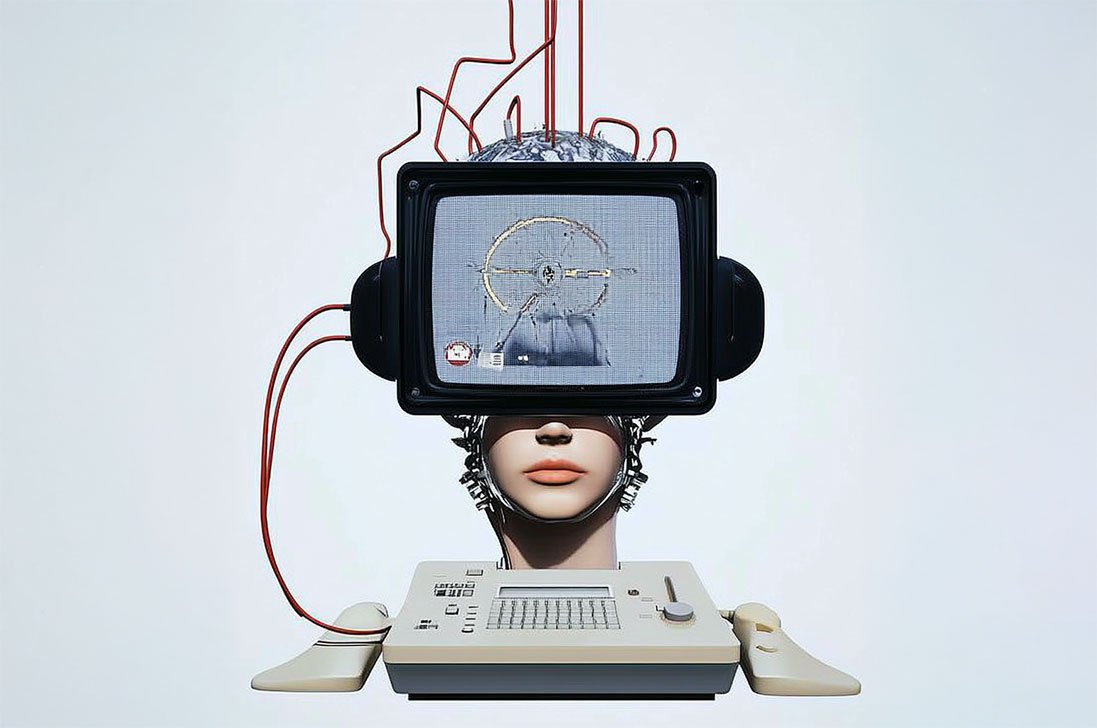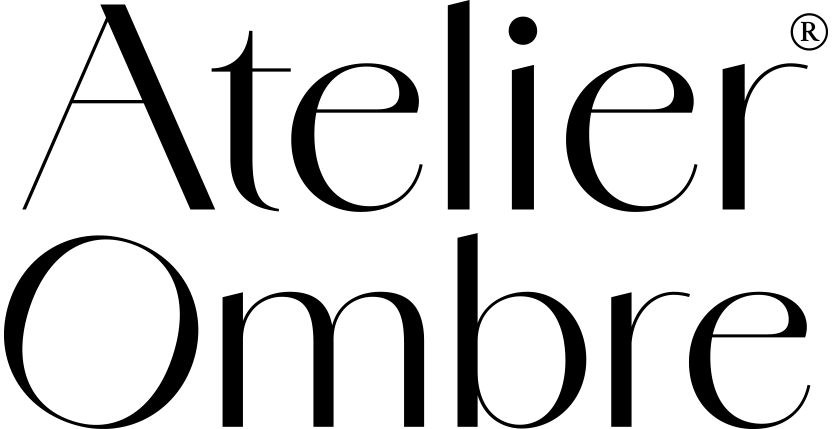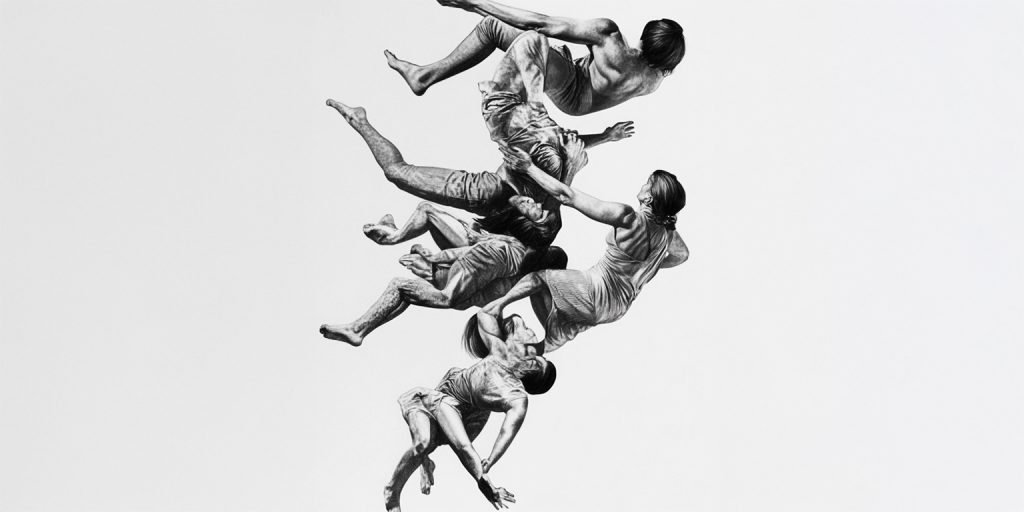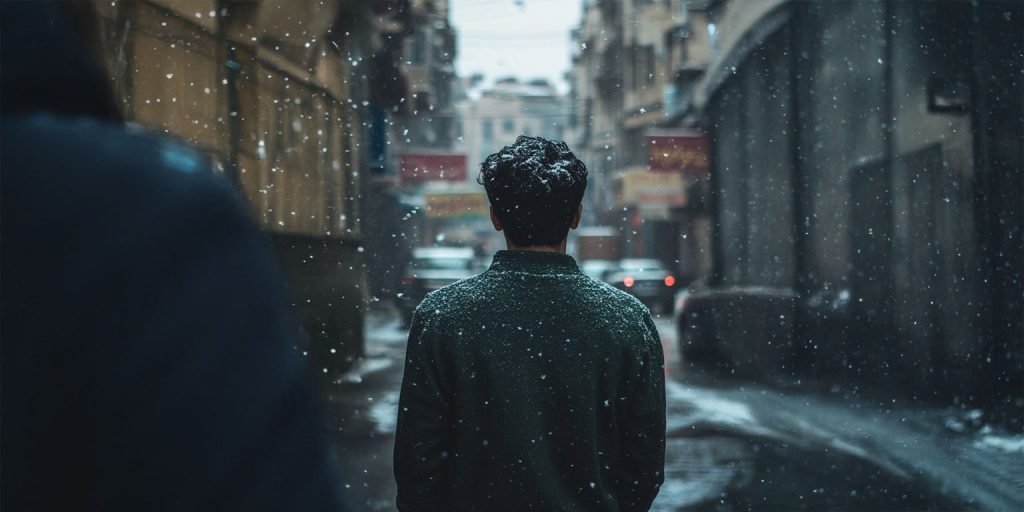Since the dawn of humanity, the artist has been more than just a creator of images or forms. They are a philosopher of the senses, an architect of the invisible, an alchemist of reality, transforming matter into thought and thought into matter. Their work is not limited to what is seen: it is an open door to the unspeakable, a dialogue with the world, a perpetual quest for meaning.
But what is the role of the artist today, in the era of artificial intelligence, image overload, and fragmented reality?

The Artist as a Mediator Between the Visible and the Invisible
Art does not simply represent the world; it reveals it. Through forms, colors, and materials, the artist captures what the eye cannot see, what the mind ignores, what language fails to name.
. Francis Bacon distorted bodies to reveal the anguish of existence.
. Gustav Klimt transformed love and death into mosaics of gold and symbols.
. Anselm Kiefer turned his canvases into archives of time, where history and human memory collide.
The artist is a mediator between dimensions, a being who sees beyond reality to remind us who we are and who we could become.
The Artist as a Philosopher of the Senses
If philosophers question existence through concepts, artists explore it through emotion, gesture, and intuition. They do not seek to explain but to make us feel.
. Mark Rothko, with his simple color fields, creates vibrations that touch the soul.
. Marina Abramović uses her own body to question pain, resilience, and human fragility.
. Joseph Beuys makes art a political act, a living material in constant transformation.
The artist is a philosopher of chaos, who does not need words to pose the great existential questions.
The Artist as an Alchemist of Reality
Where society imposes frameworks, definitions, and limits, the artist deconstructs, reinvents, transmutes. Their studio is a laboratory, their work an experiment, their intuition a creative force more powerful than reason.
. Leonora Carrington merged dreams and myths in her surrealist paintings.
. Yayoi Kusama transforms space into an infinite illusion where the ego dissolves.
⚙ Jean Tinguely created absurd machines, exposing the illusion of technological progress.
The artist does not follow the world—they precede it. They anticipate mutations, push boundaries, defy norms. They are the necessary chaos from which a new order emerges.
The Artist in the Digital Age: Challenge or Renaissance?
In an era where artificial intelligence can generate images, where algorithms replace intuition, should the artist fear the future or reinvent it?
. Some see AI as a tool that expands artistic exploration.
. Others warn of an artistic uniformity where machines produce without intention, without soul, without flaws.
. But isn’t the essence of art found in accidents, errors, doubt—the human touch that escapes calculation?
The artist of tomorrow will not just be a technician or a user of digital tools. They will be the one who transcends technology to turn it into something else—a poetry of code, a spirituality of pixels, an alchemy of virtual and real.
The Artist as the Last Guardian of Meaning
In a world saturated with images and formatted discourse, the artist remains the ultimate guardian of meaning. They do not create just for beauty—they create for truth. Their role is not to please but to shake, awaken, and disturb.
. Ai Weiwei denounces oppression through powerful installations.
. Banksy transforms the city into a political manifesto.
. Olafur Eliasson manipulates light and time to challenge our perception of reality.
In a world where everything becomes spectacle, art must once again be a shock, a vertigo, a crack in the mirror of illusion.
The Artist as the Architect of the Future
The artist is not just a creator of aesthetic objects. They are an explorer of time, a mediator of the invisible, a provocateur of consciousness.
In a world that moves too fast, the artist slows down the gaze.
In a society that standardizes everything, they reinvent chaos.
In an era ruled by instantaneity, they sculpt eternity.
The future does not belong only to engineers, economists, and politicians. It belongs to those who dare to dream, deconstruct, and rebuild.




